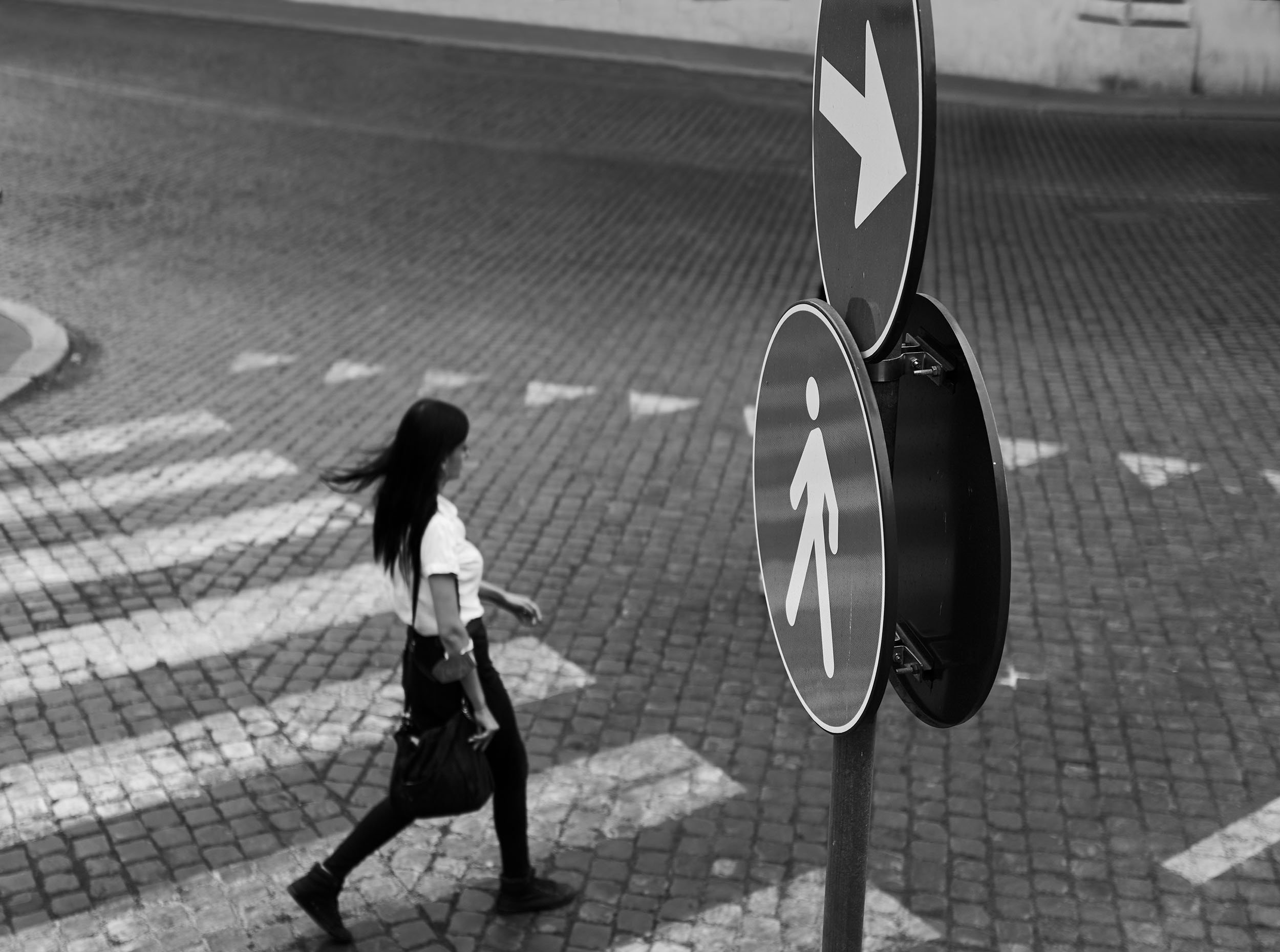Street Photographers Can Be Fun For Anyone
Table of ContentsTop Guidelines Of Street PhotographersAll About Street PhotographersStreet Photographers Fundamentals ExplainedStreet Photographers Things To Know Before You Get ThisStreet Photographers - Questions
Road digital photographers do not always have a social function in mind, but they choose to separate and capture minutes which might or else go unnoticed.Though he was influenced by many of those who affected the street digital photographers of the 1950s and '60s, he was not mainly interested in capturing the spirit of the road. The impulse to visually document people in public started with 19th-century painters such as Edgar Degas, douard Manet, and Henri de Toulouse-Lautrec, that functioned side by side with photographers attempting to catch the significance of city life.
As a result of the relatively primitive modern technology available to him and the lengthy direct exposure time required, he had a hard time to record the stress of the Paris roads. He trying out a series of photo approaches, trying to find one that would certainly enable him to catch motion without a blur, and he located some success with the calotype, patented in 1841 by William Henry Fox Talbot. While the digital photographers' subject was basically the exact same, the outcomes were considerably different, demonstrating the influence of the digital photographer's intent on the personality of the pictures he generated.
Fascination About Street Photographers
Given the great quality of his photos and the breadth of material, designers and musicians commonly got Atget's prints to utilize as reference for their own job, though business rate of interests were hardly his main motivation. Instead, he was driven to photo every last remnant of the Paris he liked. The mingled interest and urgency of his mission luster through, leading to photos that narrate his own experience of the city, high qualities that anticipated road photography of the 20th century.

Unlike his peers, Brassa utilized a larger-format Voigtlnder electronic camera with a much longer exposure time, requiring him to be much more computed and thoughtful in his technique than he may have been if using a Leica. (It is believed a knockout post that he might not have actually been able to pay for a Leica at that time, but he did, nonetheless, make use of one in the late 1950s to take colour pictures.) Brassa's photos of the Paris underworld lit up by man-made light were a revelation, and the compilation of the collection that he released, their website (1933 ), was a significant success.

The Single Strategy To Use For Street Photographers
It is as a result of this fundamental understanding of the art of photo taking that he is commonly attributed with uncovering the medium around again approximately a century since its development. He took pictures for greater than a half century and affected generations of professional photographers to trust their eye and instinct in the minute.
These are the questions I shall try to answer: And after that I'll leave you with my own meaning of road photography. Yes, we do. Let's start with defining what an interpretation is: According to it is: "The act of specifying, or of making something precise, distinct, or clear".
No, absolutely not. The term is both limiting and misguiding. Seems like a road digital photography ought to be images of a roads ideal?! And all road photographers, with the exception of a handful of outright novices, will completely appreciate that a street is not the essential part to road photography, and actually if it's a picture of a street with perhaps a couple of boring people not doing anything of interest, that's not road digital photography that's a snapshot of a street.
Not known Details About Street Photographers
He makes a valid point don't you believe? While I concur with him I'm website here not sure "candid public photography" will capture on (although I do kind of like the term "candid photography") since "street digital photography" has been around for a lengthy time, with numerous masters' names attached to it, so I believe the term is below to stay. Street Photographers.
You can fire at the coastline, at an event, in an alley, in a park, in a piazza, in a cafe, at a gallery or art gallery, in a metro station, at an occasion, on a bridge, under a bridge ...
Street Photographers for Beginners
Yes, I'm afraid we terrified no choice! Without regulations we can not have a meaning, and without an interpretation we do not have a genre, and without a style we don't have anything to define what we do, and so we are stuck in a "guidelines interpretation category" loop! - Street Photographers
